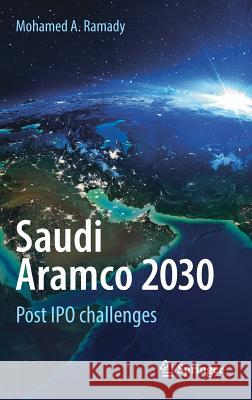Saudi Aramco 2030: Post IPO Challenges » książka
topmenu
Saudi Aramco 2030: Post IPO Challenges
ISBN-13: 9783319677491 / Angielski / Twarda / 2017 / 277 str.
Saudi Aramco 2030: Post IPO Challenges
ISBN-13: 9783319677491 / Angielski / Twarda / 2017 / 277 str.
cena 291,14 zł
(netto: 277,28 VAT: 5%)
Najniższa cena z 30 dni: 289,13 zł
(netto: 277,28 VAT: 5%)
Najniższa cena z 30 dni: 289,13 zł
Termin realizacji zamówienia:
ok. 20 dni roboczych.
ok. 20 dni roboczych.
Darmowa dostawa!
Kategorie:
Kategorie BISAC:
Wydawca:
Springer
Język:
Angielski
ISBN-13:
9783319677491
Rok wydania:
2017
Wydanie:
2018
Ilość stron:
277
Waga:
0.63 kg
Wymiary:
23.39 x 15.6 x 1.91
Oprawa:
Twarda
Wolumenów:
01
Dodatkowe informacje:
Wydanie ilustrowane











